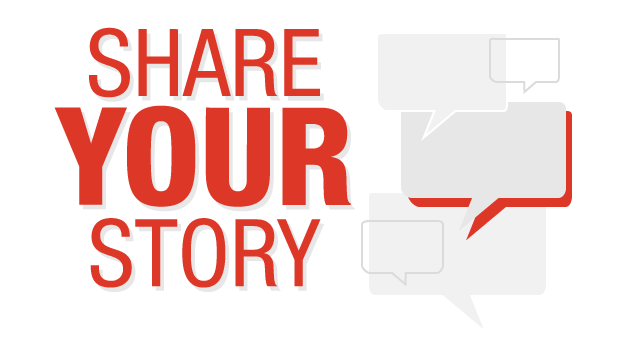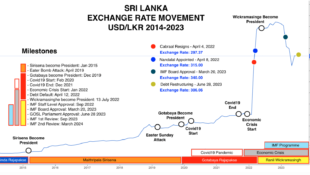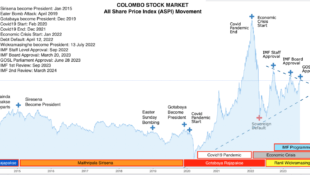The engagement of the International Monetary Fund (IMF) with Sri Lanka, especially under the Extended Fund Facility (EFF), has had significant negative repercussions on the country's economy. Despite the intention of restoring macroeconomic stability and debt sustainability, several adverse effects have emerged:
Access the revised IMF report here: https://t.co/TBbGBPeRhL
1. Increased Debt Burden
The IMF’s programs have necessitated extensive borrowing to meet the stringent conditions and performance criteria, thereby increasing the overall debt burden. As of 2024, Sri Lanka’s public debt remains unsustainable, with significant debt restructuring still pending. The external debt as a percentage of GDP stood at 61.1% in 2024 and is projected to increase to 65.0% by 2029 IMF Country Report, page 4.
2. Fiscal Austerity Measures
The IMF-imposed fiscal austerity measures, aimed at reducing the fiscal deficit, have led to severe cuts in government spending, especially in crucial areas like social services and public investment. The overall government expenditure is projected to decrease from 20.9% of GDP in 2024 to 19.2% by 2029, with significant implications for public welfare and economic growth IMF Country Report, page 5.
3. Economic Contraction and Stagnation
The stringent fiscal consolidation and reduced public spending have resulted in economic contraction and stagnation. The real GDP growth rate was -7.3% in 2022 and is projected to only modestly recover to 2.0% in 2024 and 2.7% in 2025. The prolonged low growth trajectory suggests a long-term stagnation risk, exacerbated by constrained bank credit and fiscal consolidation efforts IMF Country Report, page 9.
4. Social Unrest and Political Instability
The austerity measures and economic hardship have heightened social unrest and political instability. The report notes the risk of policy slippages and waning reform momentum, particularly around election periods, which further exacerbates the economic instability. The upcoming presidential and parliamentary elections could trigger policy inconsistencies and increased public dissatisfaction IMF Country Report, page 8.
5. Vulnerabilities in the Banking Sector
The banking sector remains vulnerable despite some improvements in non-performing loans. The sector faces high credit risks, shrinking net interest margins, and large exposures to the public sector. The recapitalization plans are delayed, and banks are burdened with high levels of non-performing loans, posing a threat to financial stability IMF Country Report, page 11.
6. Increased Inequality and Poverty
The emphasis on revenue mobilization and fiscal austerity has disproportionately affected the poor and vulnerable populations. The reduction in social spending and the delay in implementing effective social safety nets have exacerbated inequality and poverty. The indicative target on social spending was missed, highlighting the failure to protect the most vulnerable groups in society IMF Country Report, page 12.
In conclusion, while the IMF’s engagement with Sri Lanka aims to restore macroeconomic stability and debt sustainability, the stringent conditions and fiscal austerity measures have led to increased debt burden, economic contraction, social unrest, banking sector vulnerabilities, and heightened inequality and poverty. These negative impacts underscore the challenges and risks associated with the IMF’s involvement in Sri Lanka’s economy.
 would enable you to enjoy an array of other services such as Member Rankings, User Groups, Own Posts & Profile, Exclusive Research, Live Chat Box etc..
would enable you to enjoy an array of other services such as Member Rankings, User Groups, Own Posts & Profile, Exclusive Research, Live Chat Box etc.. 
 Home
Home



















